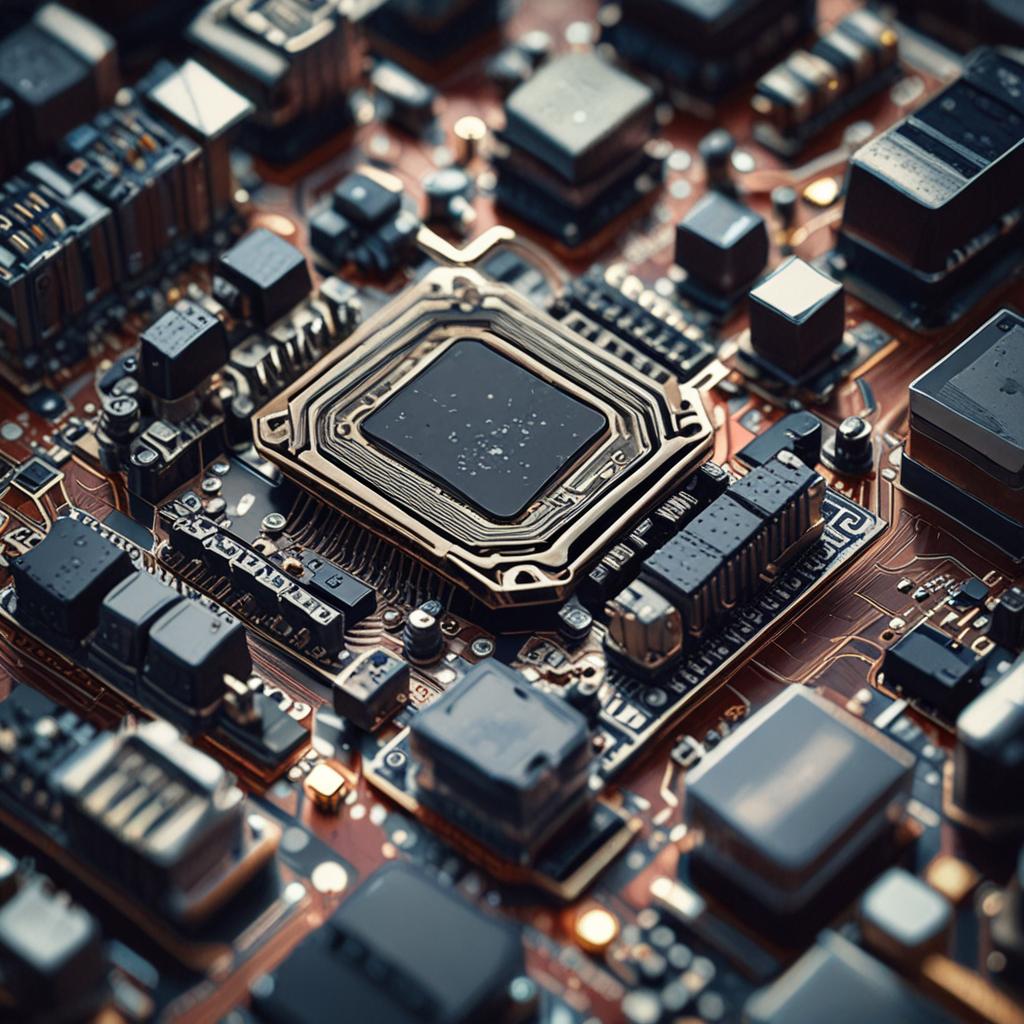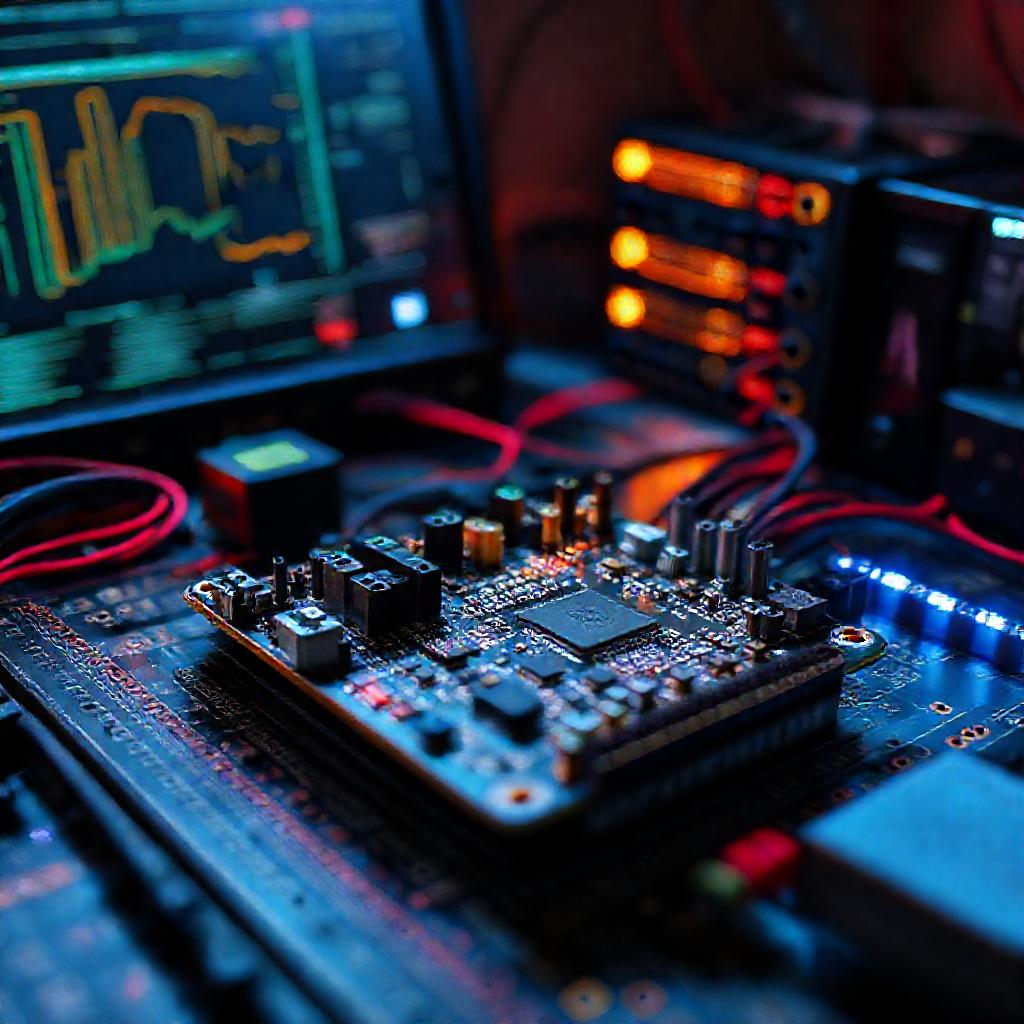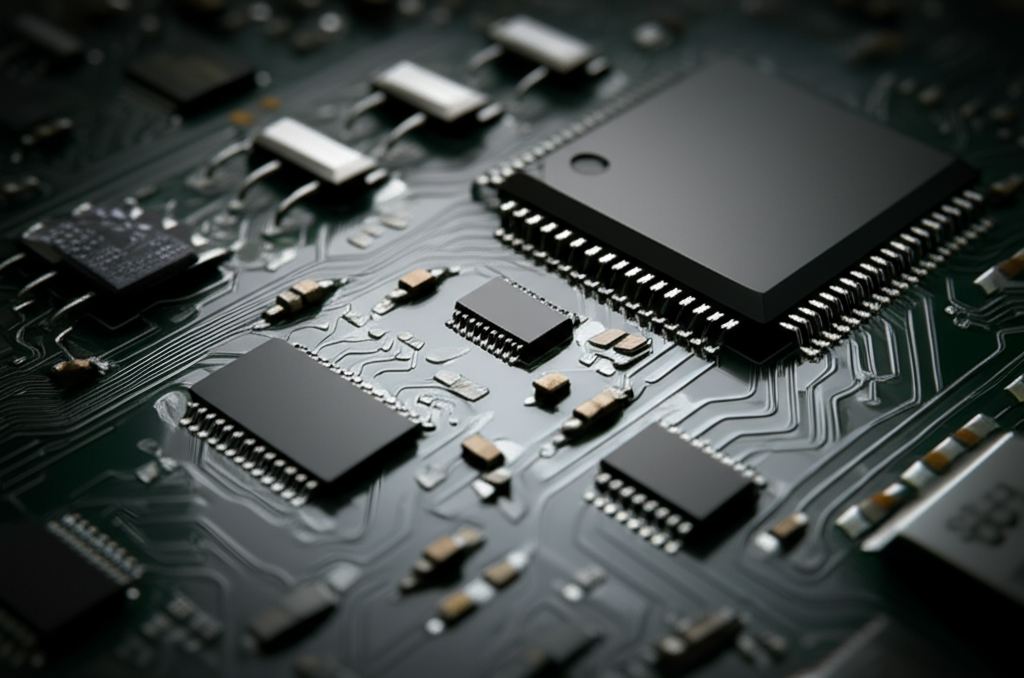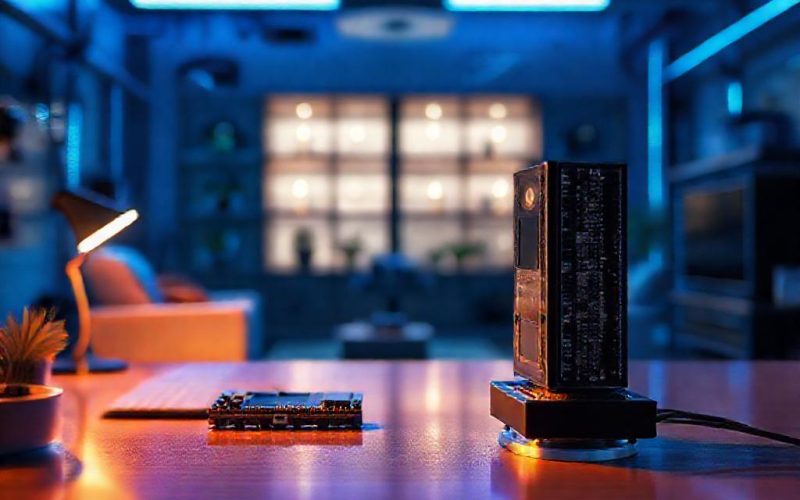Table of Contents Show
Imagine walking into your home and having the lights adjust automatically, the temperature set to your preference, and your favorite music start playing—all without lifting a finger. This isn’t science fiction; it’s the reality of modern home automation powered by machine learning and compact, intelligent hardware like the ESP32. By combining sensor data with smart algorithms, homes are becoming more responsive, energy-efficient, and secure. At the heart of many of these innovations lies the ESP32, a tiny yet powerful microcontroller that, when paired with machine learning techniques, can transform ordinary homes into intelligent living spaces.
Historical Timeline
2018
ESP32 first used in home automation
2020
Machine learning libraries for ESP32 released
2022
Integrated voice control with ML models
2024
Advanced predictive maintenance systems
2026
Fully autonomous smart home ecosystems
Timeline infographic for How to Automate Your Home Using Machine Learning and Esp32
Introduction to Home Automation with Machine Learning and ESP32
Home automation has evolved from simple remote-controlled switches to intelligent systems that learn and adapt to user behavior. The integration of machine learning brings predictive capabilities, allowing devices to anticipate needs rather than merely react. Meanwhile, the ESP32 serves as a versatile and affordable gateway to the Internet of Things (IoT), providing built-in Wi-Fi and Bluetooth connectivity. Together, they enable developers and hobbyists to build smart home solutions that are both powerful and accessible.
Machine learning allows systems to detect patterns in data, such as when you typically turn on the lights or what temperature you prefer in the evening. The ESP32 can collect this data from sensors and either process it locally or send it to the cloud for analysis. With careful implementation, this combination creates a responsive environment that enhances comfort, security, and energy efficiency.

Understanding the Basics of Machine Learning for Home Automation
What is Machine Learning?
Machine learning is a branch of artificial intelligence that enables computers to learn from data and make decisions without explicit programming. It comes in several forms: supervised learning uses labeled data to predict outcomes, unsupervised learning identifies hidden patterns in unlabeled data, and reinforcement learning involves learning through trial and error with feedback.
In home automation, machine learning can predict when to turn on the heating based on weather and occupancy, classify normal versus suspicious activity for security, or optimize appliance usage to reduce electricity bills. For instance, a supervised model trained on historical energy usage can forecast peak consumption times, allowing the system to adjust settings proactively.
Introduction to ESP32
The ESP32 is a low-cost, low-power system-on-a-chip developed by Espressif Systems. It features dual-core processors, integrated Wi-Fi, and Bluetooth 4.2, making it ideal for IoT applications. Its compact size and robust capabilities have made it a favorite among makers and developers building connected devices.
For home automation, the ESP32 can interface with various sensors and actuators—such as motion detectors, temperature sensors, and relays—to monitor and control home environments. Its ability to connect to the internet allows for remote access and integration with cloud platforms, enabling more advanced data processing and machine learning workflows.
Setting Up Your ESP32 for Home Automation
Hardware Requirements
To begin automating your home, you’ll need an ESP32 development board along with a selection of sensors and output devices tailored to your goals. Common components include:
- ESP32 DevKit board
Choose components based on your specific automation goals—whether it’s lighting, climate control, or security. Ensure compatibility with the ESP32’s voltage levels and pin configurations to avoid damage.
Software Setup
The most common way to program the ESP32 is through the Arduino IDE or the Espressif IoT Development Framework (ESP-IDF). The Arduino IDE is beginner-friendly and supports a vast library ecosystem, while ESP-IDF offers more control and is better suited for advanced applications.
Install the ESP32 board package in Arduino IDE via the Board Manager, then install required libraries such as Adafruit_Sensor, DHT sensor library, or WiFiManager for seamless network configuration. For machine learning, libraries like TensorFlow Lite for Microcontrollers allow you to run lightweight models directly on the ESP32.
Implementing Machine Learning with ESP32
Collecting and Preprocessing Data
Effective machine learning starts with high-quality data. Use ESP32-connected sensors to collect environmental data over time—such as room occupancy, light levels, or temperature fluctuations. Store this data locally on an SD card or transmit it to a cloud platform like Firebase or AWS IoT for aggregation.
Preprocessing involves cleaning the data, removing outliers, normalizing values, and labeling where necessary. For example, motion sensor data can be labeled as “occupied” or “unoccupied” to train a classification model. The quality and diversity of your dataset directly impact the accuracy of your machine learning model.
Training Machine Learning Models
For simple home automation tasks, start with lightweight models. Use linear regression to predict energy usage based on time and appliance status, or train a decision tree classifier to determine optimal lighting conditions using ambient light and occupancy data.
Tools like Python’s Scikit-learn or Google’s Teachable Machine can help train models using collected data. Once trained, convert the model to a format compatible with microcontrollers—such as TensorFlow Lite—and optimize it for size and speed to suit the ESP32’s limited resources.
Deploying Models on ESP32
Deploying machine learning models on the ESP32 requires optimization to ensure real-time performance. Use TensorFlow Lite for Microcontrollers to run inference directly on the device, minimizing latency and reducing reliance on cloud connectivity.
Quantize the model to reduce its size and computational load, and structure the code to run inference in short cycles without blocking other operations. For example, a lighting automation model can evaluate sensor inputs every few seconds and adjust lights accordingly, all while maintaining Wi-Fi connectivity and sensor polling.
Projects and Applications
Automating Lighting Systems
Build a smart lighting system where ESP32 reads data from a PIR motion sensor and a photoresistor. A trained machine learning model determines whether to turn lights on based on ambient brightness and presence. Over time, the system learns your daily routines and adjusts lighting proactively.
This project reduces energy waste by ensuring lights are only on when needed. It can also integrate with time-of-day data to simulate natural light patterns, enhancing comfort and circadian health.
Smart Security Systems
Create a security system that uses ESP32 and a camera module (like the ESP32-CAM) to detect motion and classify activity. Train a model to distinguish between regular household movement and potential intrusions using image or motion pattern data.
When an anomaly is detected, the system sends an alert via email or push notification. By processing data locally, the system maintains privacy and responds faster than cloud-dependent alternatives.
Energy Management Systems
Develop an energy monitoring system that tracks power usage of appliances using current sensors. The ESP32 collects data and feeds it into a machine learning model that predicts peak usage times and recommends optimal schedules for high-consumption devices like washing machines or heaters.
This system can automatically turn off non-essential devices during peak hours or adjust thermostat settings based on occupancy and weather forecasts, leading to significant energy savings.

Challenges and Future Directions
Despite its potential, implementing machine learning on ESP32 comes with challenges. Limited RAM and processing power restrict the complexity of models that can run efficiently. Additionally, ensuring data privacy and securing wireless communication are critical, especially when dealing with sensitive home information.
Future advancements in edge computing and model compression techniques, such as neural network pruning and quantization, will allow more sophisticated AI to run directly on microcontrollers. Integration with voice assistants and broader smart home ecosystems will further enhance usability and interoperability.
Conclusion
The fusion of machine learning and ESP32 technology opens up exciting possibilities for intelligent, responsive home automation. From saving energy to enhancing security, these systems can learn user behavior and make autonomous decisions that improve daily life. While hardware constraints and security concerns remain, ongoing innovations continue to expand what’s possible at the edge.
With accessible tools and a growing community, now is an ideal time to explore this space. Whether you’re a beginner or an experienced developer, experimenting with ESP32 and machine learning offers a rewarding path into the future of smart homes.
FAQ
What programming languages are supported by ESP32 for machine learning applications?
The primary languages for ESP32 development are C/C++ via the Arduino IDE or ESP-IDF, and MicroPython for simpler scripting. While machine learning models are typically trained in Python using libraries like TensorFlow or Scikit-learn, they are converted to C++ or C format for deployment on the ESP32. Frameworks like TensorFlow Lite for Microcontrollers support this integration, enabling inference directly on the device.
How secure is using ESP32 and machine learning for home automation?
Security depends on implementation. ESP32 supports secure boot, flash encryption, and TLS for encrypted communication, which help protect against unauthorized access. However, poorly configured devices or unsecured Wi-Fi networks can expose vulnerabilities. Always use strong passwords, update firmware regularly, and avoid transmitting sensitive data in plain text to maintain system integrity.
Can ESP32 handle complex machine learning models, or are there limitations?
ESP32 has limitations in memory (typically 320KB RAM) and processing power, making it unsuitable for large neural networks. It works best with lightweight models such as small decision trees or quantized neural networks designed for microcontrollers. Techniques like model pruning and quantization are essential to fit models within the device’s constraints while maintaining acceptable accuracy.
What are the costs associated with setting up a home automation system using ESP32 and machine learning?
The initial hardware cost is relatively low—ESP32 boards start at around $5, and basic sensors cost $1–$10 each. A complete starter kit with sensors and components may cost $30–$50. Software tools are mostly free, though cloud services for data storage or model training may incur minor fees. Overall, ESP32-based automation is one of the most cost-effective entry points into smart home technology.
Are there any community resources or projects for learning more about ESP32 and machine learning for home automation?
Yes, numerous resources are available. GitHub hosts open-source projects like ESP32-based smart thermostats and AI-powered cameras. Platforms like Hackster.io and Instructables offer step-by-step tutorials. The ESP32 subreddit, Arduino forums, and Espressif’s official documentation provide active support and inspiration for developers at all levels.





